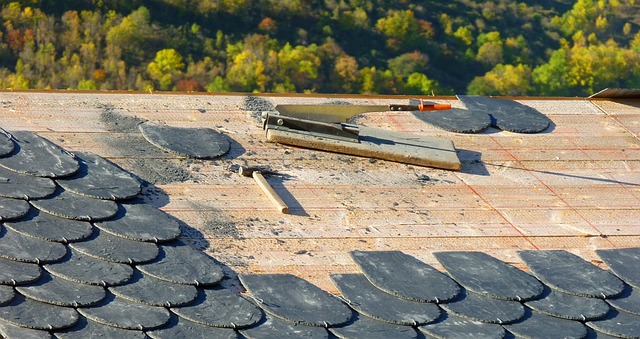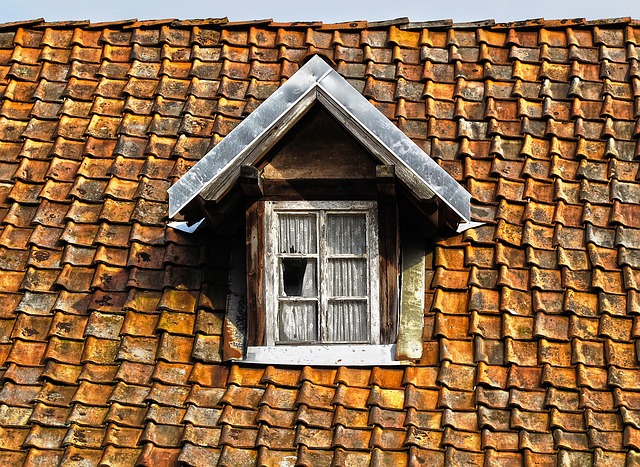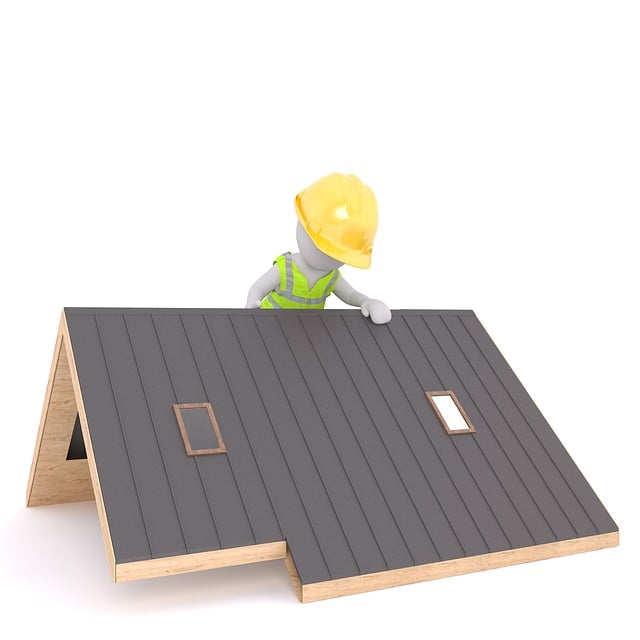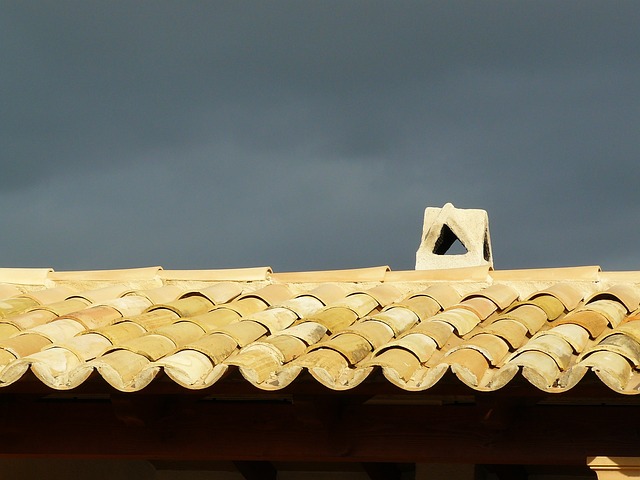Waterproofing membranes, essential tools for roofers, prevent leaks and protect structures from moisture damage. Choosing the right membrane, based on roof type, climate, and budget, is critical. Application involves meticulous surface preparation, priming, precise placement, and protective coatings. Regular maintenance by roofers extends membrane lifespan, prevents leaks, and saves costs.
As a roofer, waterproofing membranes are your secret weapon against leaks. This comprehensive guide dives into the essential elements of leak prevention, offering valuable insights from a roofer’s perspective. We explore different types of membranes suitable for various projects, application techniques to ensure effectiveness, and maintenance tips for longevity. Discover how the right membrane choice can transform your roofing projects, enhancing durability and protecting against the elements.
- Understanding Waterproofing Membranes: A Roofer's Perspective
- Choosing the Right Membrane for Your Project
- Application Techniques for Effective Leak Prevention
- Maintenance and Longevity: Ensuring Your Membrane's Performance
Understanding Waterproofing Membranes: A Roofer's Perspective

Waterproofing membranes are an essential tool in a roofer’s arsenal for leak prevention. These specialized materials create a protective barrier between the roof surface and potential moisture intrusion points, such as joints, laps, and flashing areas. Rooftop waterproofing is crucial, as it safeguards structures from water damage, prolongs the lifespan of roofs, and prevents costly repairs.
From a roofer’s perspective, selecting the right membrane for each project is key. Different membranes cater to various roofing systems, climates, and levels of traffic or abuse. Understanding the unique characteristics and installation requirements of each type ensures effective waterproofing. Membranes can range from synthetic materials like PVC and EPDM to more natural options like bitumen. Each has its advantages in terms of durability, flexibility, adhesion, and cost-effectiveness.
Choosing the Right Membrane for Your Project

When it comes to leak prevention, selecting the appropriate waterproofing membrane is a roofer’s key decision. The right choice depends on various factors, including the type of roof, local climate conditions, and budget constraints. For example, while bitumen membranes are cost-effective and widely used, they may not be suitable for extreme temperatures or require additional reinforcement. On the other hand, synthetic membranes offer superior flexibility and resistance to UV rays but come at a higher price point.
Roofer professionals should consider the project’s specific needs, ensuring the membrane provides adequate protection against water ingress, is compatible with existing materials, and complies with local building codes. By making an informed choice, roofers can enhance their leak-prevention efforts, extend the lifespan of roofs, and ultimately provide clients with durable, reliable solutions.
Application Techniques for Effective Leak Prevention

Waterproofing membranes are a roofer’s secret weapon in the battle against leaks. The application technique plays a pivotal role in ensuring their effectiveness. Experts recommend a multi-step process that begins with thorough surface preparation. This involves cleaning the roof to remove any debris, grease, or previous sealants, and ensuring it’s dry and free from contaminants. A primer coat is then applied to enhance adhesion, followed by the precise placement of the waterproofing membrane, carefully sealing all joints and edges. For optimal results, use specialized tools for a seamless finish.
The final step involves topping off with a protective coating, which adds an extra layer of defense against moisture intrusion. Proper application demands skill and attention to detail, making it crucial for roofers to stay updated on the latest techniques. By employing these methods, professionals can provide lasting protection, preventing leaks and ensuring the structural integrity of buildings.
Maintenance and Longevity: Ensuring Your Membrane's Performance

Regular maintenance is key to extending the lifespan of your waterproofing membrane and maintaining its leak-preventing performance. Roofers should schedule routine inspections, especially in areas prone to extreme weather conditions or where leaks are more likely to occur. During these checks, they can identify any signs of wear and tear, such as damaged or missing membranes, and address them promptly. This proactive approach ensures that small issues don’t turn into major problems, saving time and money in the long run.
By maintaining the membrane, roofers can also detect potential issues like moisture buildup or mold growth early on. These problems not only compromise the effectiveness of the waterproofing but also pose health risks. Regular maintenance allows for quick remediation, keeping your space safe and dry. A well-maintained membrane is more likely to withstand the test of time, providing years of reliable protection against leaks.
For roofers, implementing waterproofing membranes is a game-changer in leak prevention. By understanding membrane types, selecting the right fit for various projects, and mastering application techniques, professionals can ensure long-term protection. Regular maintenance further amplifies their effectiveness, making these membranes an indispensable tool in the roofer’s arsenal to deliver durable, dry spaces.
